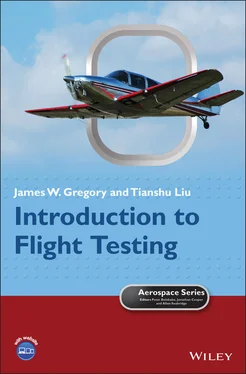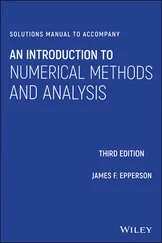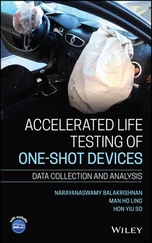JG and TL also wish to thank their doctoral advisor, Prof. J. P. Sullivan of Purdue University, for his encouragement for us to pursue and finish this project.
Finally, JG and TL especially thank their families for their patience and support over the many years it took to complete this project.
About the Companion Website
The companion website for this book is at 
https://www.wiley.com/go/flighttesting
Scan this QR code to visit the companion website.
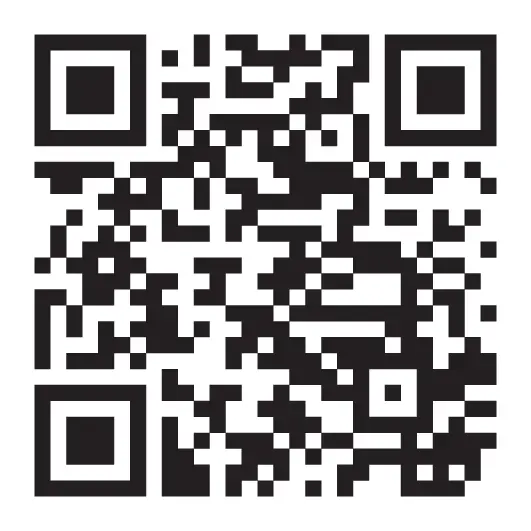
Flight testing is seemingly the stuff of legends, with tales of derring‐do and bravery, spearheaded by great pilots such as Yeager, Armstrong, Glenn, and others. But what exactly is flight testing all about? What is being tested, and why? What's the difference between a test pilot and a flight test engineer? Is flight testing an inherently dangerous or risky activity?
With this book, we hope to show that flight testing is both exciting and accessible – we hope to make flight testing understandable and achievable by the typical undergraduate aerospace engineering student. The basic principles of flight testing can be explored in any aircraft, all the while remaining safely well within the standard operating envelope of an aircraft. This book will introduce students to the principles that experienced flight test engineers work with as they evaluate new aircraft systems.
Flight testing is all about determining or verifying the performance and handling qualities of an aircraft. These flight characteristics may be predicted in the design and development stages of a new aircraft program, but we never really know the exact capabilities until the full system is flown and tested. Most aircraft flight testing programs are focused on airworthiness certification, which is the rigorous demonstration of all facets of the flight vehicle's performance and handling characteristics in order to ensure safety of flight.
We also wish to highlight that most flight testing should not incur the levels of risk and danger that we associate with the great test pilots of the 20th century. Their bravery was indeed laudable, since they ventured into flight that no human had done before, such as breaking the “sound barrier” or being the first person to walk on the Moon. But, if done correctly, flight testing should be a methodical process where risks are managed at an acceptable level, where human life and property are not exposed to undue risk. Even more hazardous flight testing such as flutter boundary determination or spin recovery should be done in a methodical, well‐controlled manner that mitigates risk. In fact, most flight testing, at least to an experienced professional, can be almost mundane (Corda 2017).
Nor is flight testing an individualistic activity where an intrepid pilot relies solely on their superlative piloting skills to push the aircraft to its limits, as suggested by the caricature in Figure 1.1. Quite the contrary, flight testing is a team effort with many individuals carefully contributing to the overall success of a flight testing program (see Figure 1.2). There is, of course, a pilot involved whose job it is to fly the aircraft as precisely and accurately as possible to put the aircraft through the necessary maneuvers to extract the needed performance or handling data. If an aircraft can carry more than just the pilot, then there is almost always a flight test engineer on board. The flight test engineer is responsible for preparing the plan for the flight test and for acquiring the data in flight while the pilot puts the aircraft through the required maneuvers. Beyond the role of the flight test engineer, there are many others involved – including those who monitor systems and downlinked data on the ground, data analysts who post‐process and interpret the data after the test is complete, and program managers who set the strategic direction for the program and make budgetary decisions.

Figure 1.1 The caricature view of flight test is of an individualistic, cowboy‐like, rugged test pilot who single‐handedly defies danger. Here, Joe Walker playfully boards the Bell X‐1A in a moment of levity.
Source: NASA.
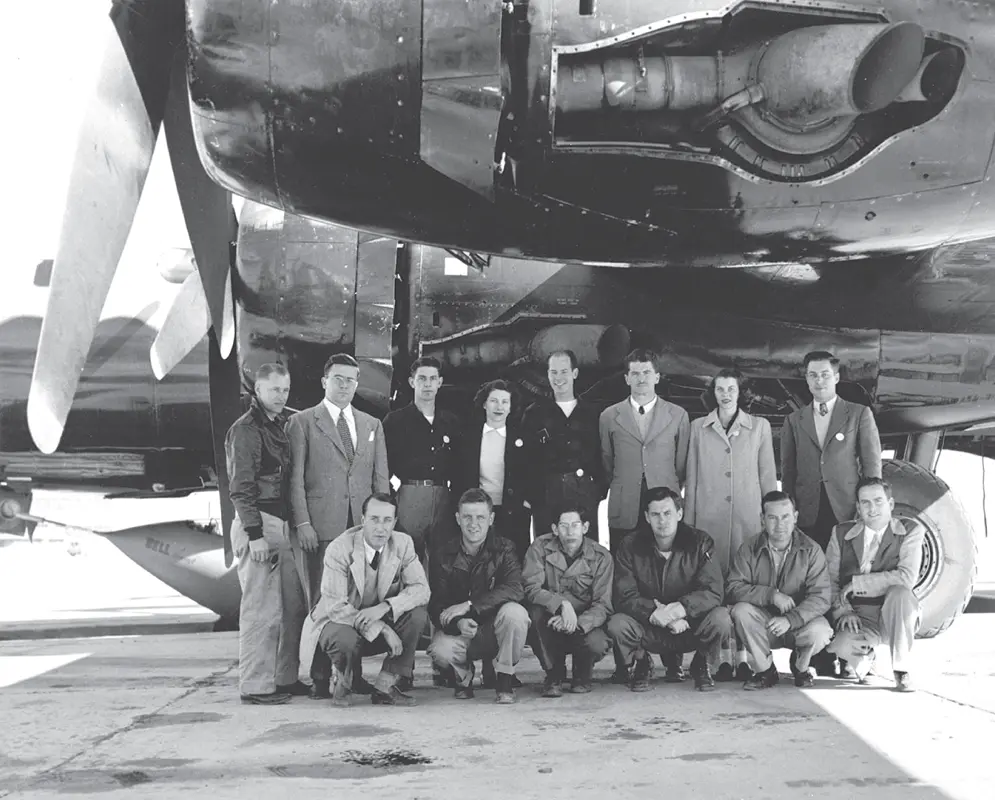
Figure 1.2 A more realistic view of the people behind flight testing – a team effort is required to promote safety and professionalism of flight. Depicted here is the team of NACA scientists and engineers who supported the XS‐1 flight test program.
Source: NASA.
Flight testing is a critical endeavor in the overall design cycle of a new aircraft system. The main objective is to prove out the assumptions that are inherent to every design process and to discover any hidden anomalies in the performance of the aircraft system. Aircraft design typically proceeds by drawing upon historical data to estimate the performance of a new aircraft concept, but there is always uncertainty in those design estimates. The initial stages of design have very crude estimates made for a wide range of parameters and theories applied to the design. Over time, the design team reduces the uncertainty in the design by refining the analysis with improved design tools and higher‐fidelity (more expensive!) analysis, wind tunnel testing, and ground testing of functional systems and even the entire aircraft. But, then the moment of truth always comes, where it is time for first flight of the aircraft. It is at this point that the flight test team documents the true performance of the airplane. If differences arise between actual and predicted performance, minor tweaks to the design may be needed ( e.g ., the addition of vortex generators on the wings). Also, the insight gleaned from flight testing is documented and fed back into the design process for future aircraft.
This chapter will provide a brief overview of the flight testing endeavor through a historical anecdote that illustrates the key outcomes of flight testing, how flight testing is actually done, and the roles of all involved. Following this, we'll take a look at the various kinds of flight testing that are done, with a particular emphasis on airworthiness certification of an aircraft, which is the main objective of many flight testing programs. We'll then conclude this chapter with an overview of the rest of the book, including our objectives in writing this book and what we hope the reader will glean from this text.
1.1 Case Study: Supersonic Flight in the Bell XS‐1
A great way to learn about the essential elements of a successful flight test program is to look at a historical case study. We'll consider the push by the Army Air Forces (AAF) in 1947 to fly an aircraft faster than the speed of sound. Along the way, we'll pick up some insight into how flight testing is done and some of the values and principles of the flight test community.
At the time, many scientists and engineers did not think that supersonic flight could be achieved. They observed significant increases in drag as the flight speed increased. On top of that, there were significant loss‐of‐control incidents where pilots found that their aircraft could not be pulled out of a high‐speed dive. These highly publicized incidents led some to conclude that the so‐called “sound barrier” could not be broken. We now know, however, that this barrier only amounted to a lack of insight into the physics of shock–boundary layer interaction, shock‐induced separation, and the transonic drag rise, along with a lack of high‐thrust propulsion sources to power through the high drag. Scientific advancements in theoretical analysis, experimental testing, and flight testing, along with engineering advancements in propulsion and airframe design, ultimately opened the door to supersonic flight.
Читать дальше
